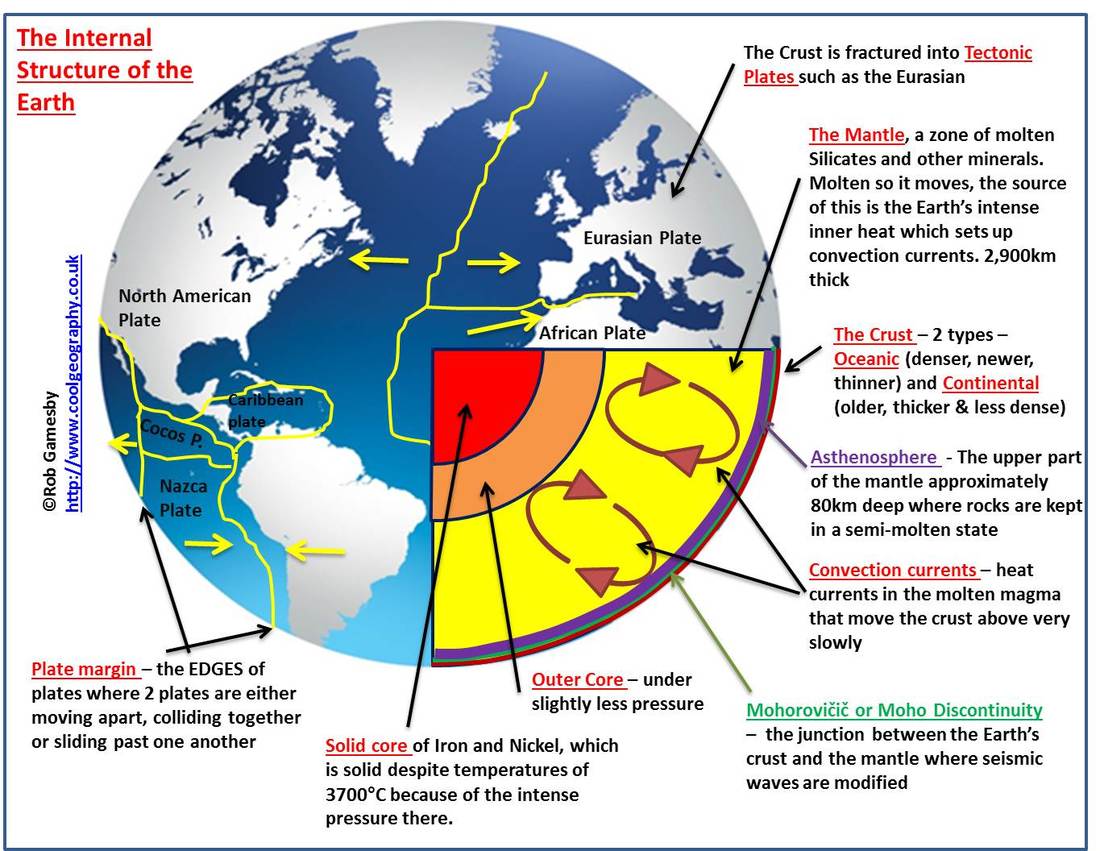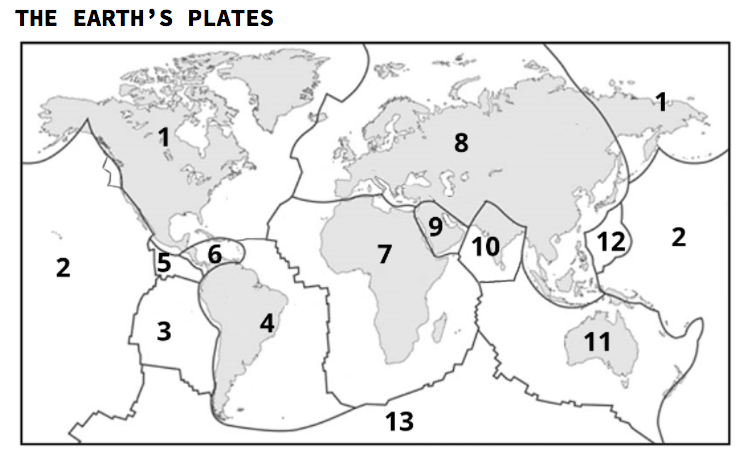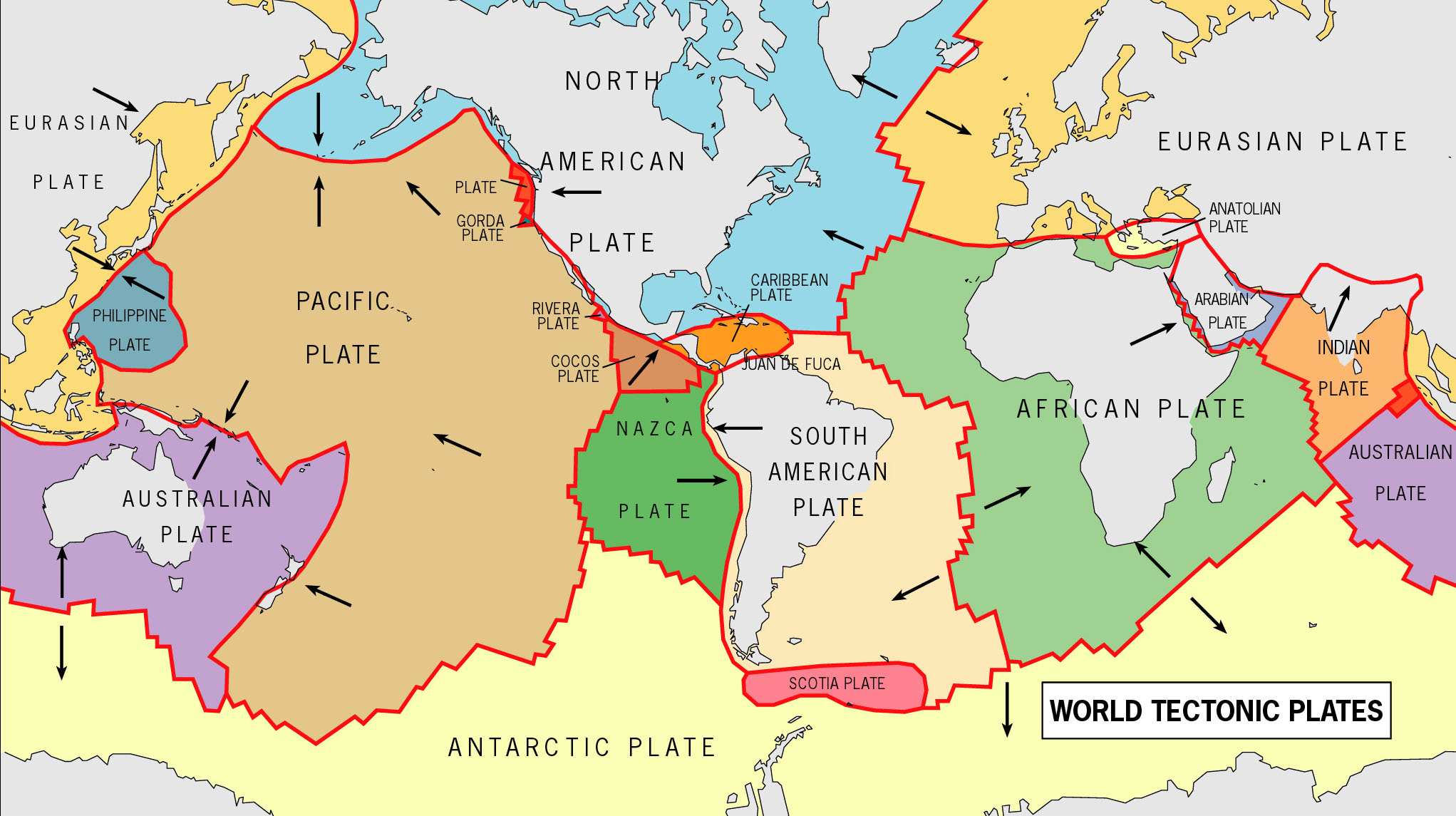-
MYP
- Home
-
IGCSE
- Course information
-
Physical: Hazardous environments
>
- Distribution of tectonic hazards
- Causes of tsunami
- Measuring earthquakes
- Earthquake case study 1: Haiti
- Earthquake case study 2: Christchurch
- Why do earthquakes do more damage in LICs than in HICs?
- How are volcanic eruptions measured?
- Tropical storms - distribution
- Causes of tropical cyclones
- Tropical cyclones - case study
- Why live in hazardous areas?
-
River Environments
>
- Hydrological cycle
- River basins
- Factors affecting river regimes
- Fluvial processes: erosion
- Fluvial processes: weathering and mass movement
- Fluvial processes: transportation and depositon
- River features and their formation
- How rivers change from source to mouth
- Uses of water
- Water pollution
- Water supply
-
IBDP
-
Changing population
>
- Global patterns of economic development
- Physical and human factors affecting global population distribution
- Case study 1: China
- Case study 2: Niger
- Demographic transition
- Megacity growth
- Forced migration and internal displacement
- Ageing populations
- Pro-natalist and anti-natalist policies
- Gender equality policies
- Trafficking policies
- The Demographic Dividend
-
Global climate vulnerability and resilience
>
- Atmospheric system
- The energy balance
- Changes in the energy balance
- The enhanced greenhouse effect
- Climate Change and the Hydrosphere, Atmosphere and Biosphere
- Impacts of climate change on people and places
- Disparities in exposure to climate change risk and vulnerability
- Government-led adaptation and mitigation strategies
- Civil society and corporate strategies
-
Global resource consumption and security
>
- Progress towards poverty reduction
- Measuring trends in global consumption
- Global patterns and trends in the availability and consumption of water
- Global patterns and trends in the availability and consumption of land/food
- Global patterns and trends in the availability and consumption of energy
- Water food and energy nexus
- Recycling and waste
- Malthus vs Boserup
- Resource Stewardship strategies
- Sustainable Development Goals
-
Freshwater - drainage basins
>
- The drainage basin as a system
- How rivers change from source to mouth
- River discharge
- River processes
- River landforms
- Factors affecting flood risk
- Attempts at flood prediction
- Flood mitigation
- Flood mitigation case studies
- Water scarcity
- Agricultural activities and water quality
- Pressures on lakes and aquifers
- Internationally shared water and conflict
- Water management: participation of local communities
- Dams as multi-purpose schemes
- Water management: Integrated Drainage Basin Management (IDBM)
- Managing wetlands
-
Leisure, Sport and Tourism
>
- Growth and purpose of leisure time
- Categories of tourism and sport
- Economic development and participation
- Factors affecting personal participation
- Factors affecting growth of tourism hotspots
- Spheres of influencee
- Factors affecting a national sports league
- Festivals
- Niche national tourism strategies
- Role of TNCs
- Tourism as a national development strategy
- International sporting events
- Consequences of unsustainable growth
- Sustainable tourism
- Future international tourism
- Political and cultural influences on sport
- Extended Essay in Geography >
- Skills/concepts >
-
Changing population
>
- Geography and ToK
- Theory of Knowledge
Plate Tectonics
What do you need to know?
- The structure of the earth - the different layers and their characteristics
- How and why plates move and how it supports Wegener's ideas
- Location and characteristics of the plates
- What happens at plate boundaries and how this leads to earthquakes, tsunami and volcanoes
1. From Wegener to Plate Tectonics
Wegener's ideas were rejected by his contemporaries and he died in Greenland without ever knowing how Continental Drift occurred or having his ideas accepted. So how did we get from that to what we believe today?
Along came Harry Hess...
Along came Harry Hess...
|
|
|
|
Start watching the video on the left at 6 minutes 30 seconds.
|
2. The Structure of the Earth
|
Annotated diagram of the structure of the earth
Remember the basics:
|
|
What should the diagram include?
|
|
3. How do we know about the layers?
|
|
Even the deepest hole ever drilled on our planet (in Western Russia - check the SciSchow video below) is only 12km deep which is less than So, how do we know about the earth's structure? This video should help you to understand. |
4. Plate Tectonics: the earth's plates
- What are plates?
- Why is the type of crust (oceanic or continental) important?
- What makes them move
CLICK ON THE IMAGE BELOW TO OPEN A BLANK MAP AND KEY OF THE EARTH'S PLATES.
|
|
|
5. Plate tectonics: Why do the plates move?
|
|
|
6. Extra - worth a look
|
|
|


